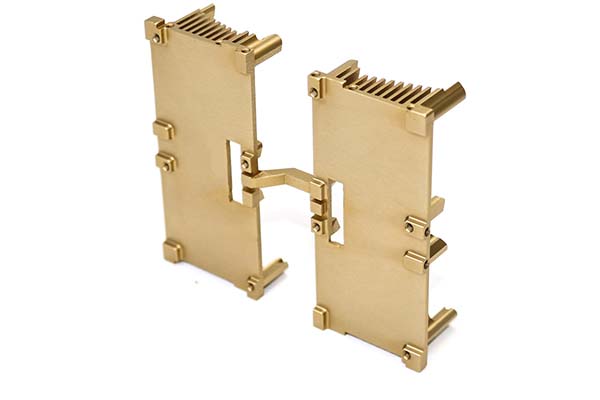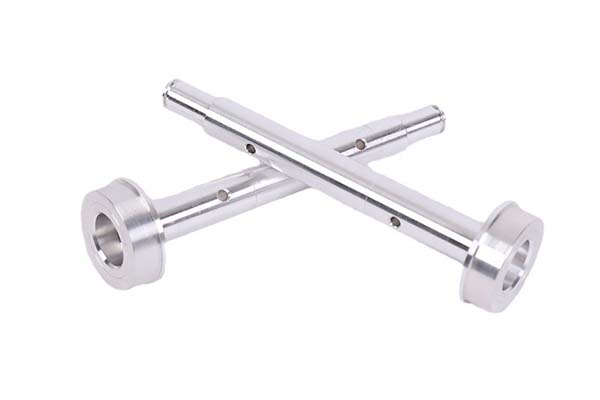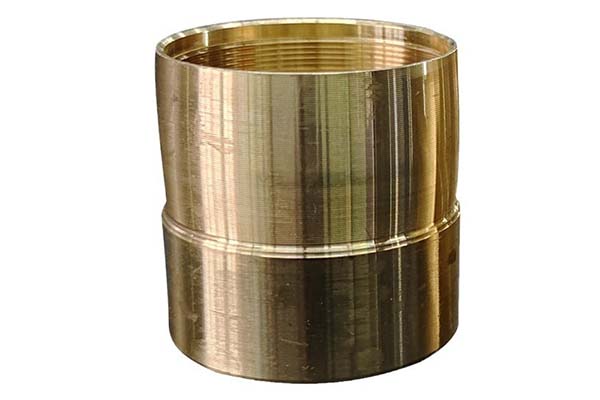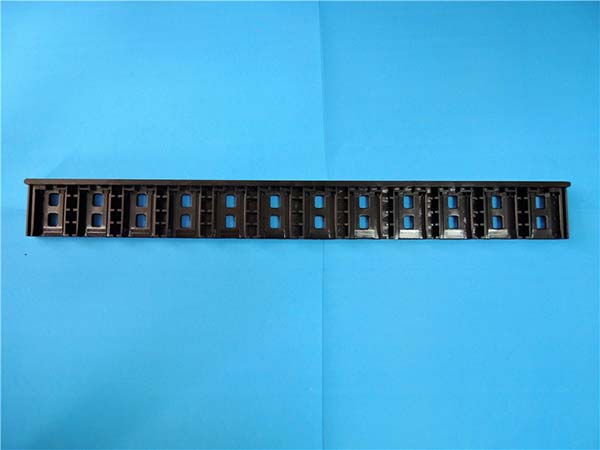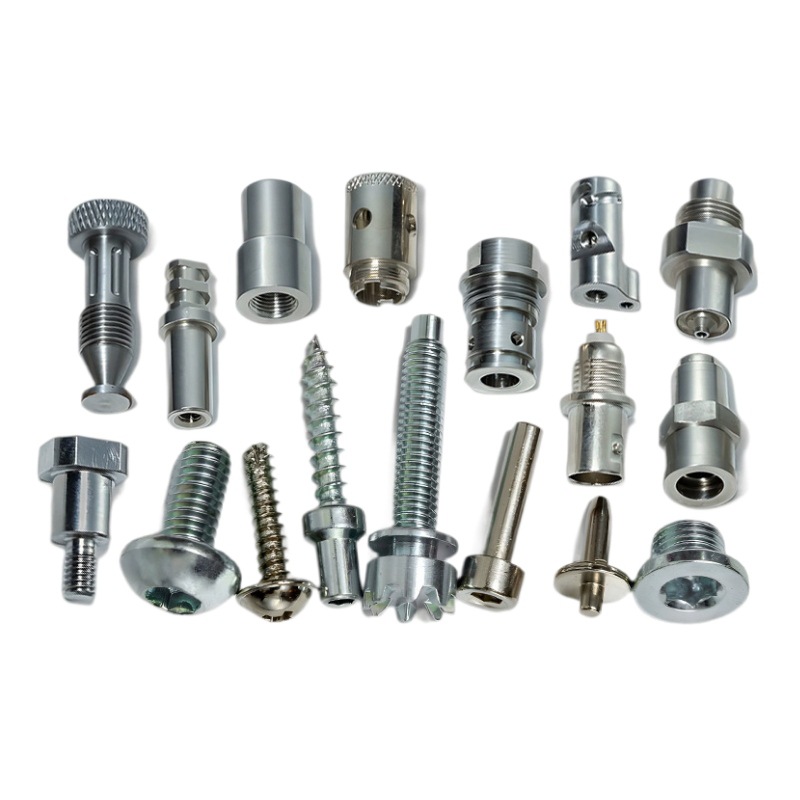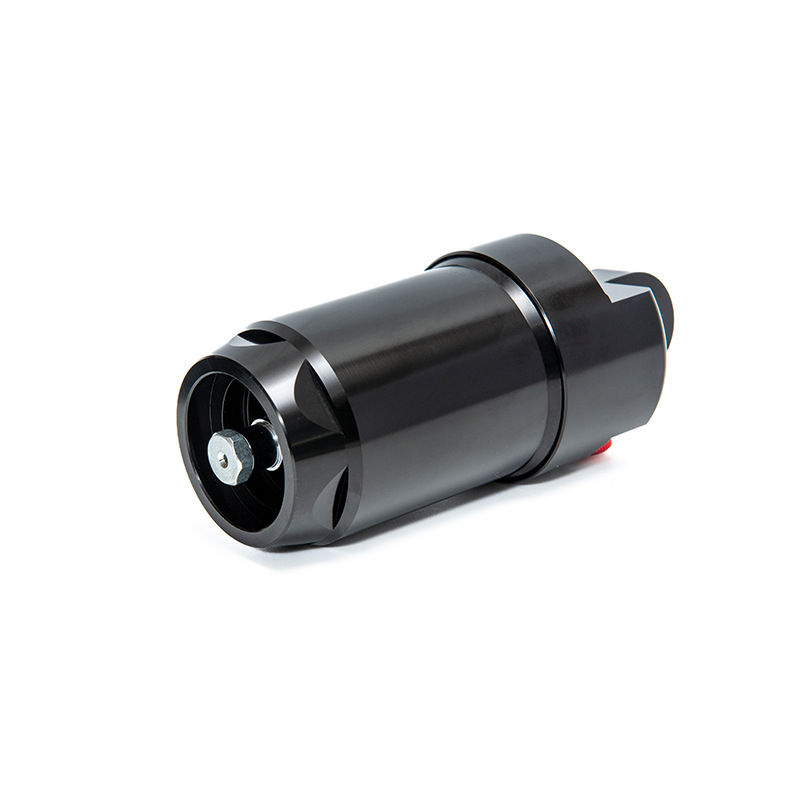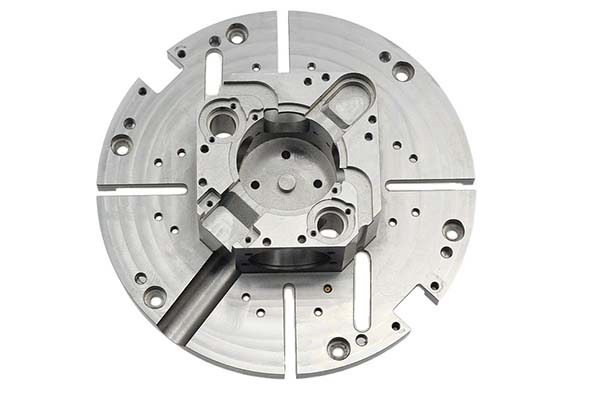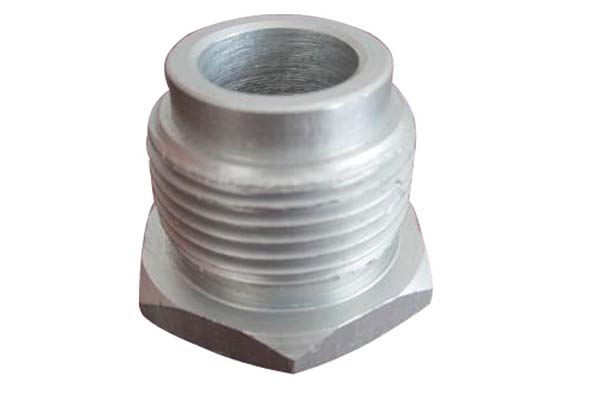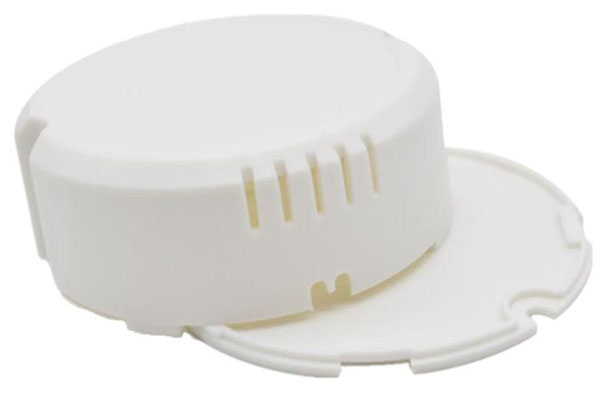C10100 oxygen-free copper is a premium material widely used in high-precision industries, but machining it comes with unique challenges. Its high purity and specific properties make it tricky to handle, often leading to issues like tool wear, poor surface finish, and dimensional inaccuracies. This guide dives into the material characteristics, machining techniques, tooling, and more to help you overcome these hurdles and achieve top-notch results.
Material Characteristics of C10100 (Oxygen-Free Copper)
C10100 is a high-purity copper with a copper content of 99.99% Cu, making it stand out in the world of copper alloys. This exceptional purity is the foundation of its outstanding properties.
In terms of electrical conductivity, C10100 is among the best, often exceeding 101% IACS. This makes it a go-to material for applications where electrical efficiency is critical, such as high-voltage connectors. Its thermal conductivity is equally impressive, around 401 W/m·K, ensuring efficient heat transfer in components like heat sinks.
Corrosion resistance is another key trait. Unlike some copper alloys, C10100 resists corrosion in many environments, including moist and industrial settings, which extends the lifespan of parts made from it.
The material boasts excellent ductility, allowing it to be formed into complex shapes without breaking. This ductility, however, can make machining challenging as it tends to produce gummy chips.
C10100 is non-magnetic, a vital property in applications like medical devices and particle accelerators where magnetic interference must be avoided.
Low outgassing is a standout feature, especially in vacuum environments such as space applications or particle accelerators. It releases minimal gases when exposed to high vacuum, preventing contamination.
The grain structure of C10100 is fine and uniform, contributing to its consistent mechanical properties. This uniformity is crucial for achieving precise dimensions during machining, as it reduces the risk of uneven material removal.
| Property | C10100 Value |
| Purity | 99.99% Cu |
| Electrical Conductivity | >101% IACS |
| Thermal Conductivity | ~401 W/m·K |
| Magnetic Property | Non-magnetic |
CNC Machining Techniques for C10100
CNC Turning
CNC turning is commonly used for producing cylindrical parts from C10100. To handle its ductility, using sharp tools with proper geometry is essential. A high cutting speed (300-600 m/min) helps in reducing chip adhesion, while a moderate feed rate (0.1-0.2 mm/rev) ensures a smooth surface finish.
CNC Milling
CNC milling of C10100 requires careful consideration of tool paths. Trochoidal milling can be effective, as it reduces tool engagement time and minimizes heat buildup. This technique is particularly useful for roughing operations where material removal rates are high.
Micro-machining
Micro-machining C10100 is feasible but demands precision. Using micro-grain carbide tools with tight runout control (<0.0001") ensures accurate detailing. The low outgassing property of C10100 makes it suitable for micro-components in vacuum systems.
High-Speed Machining
High-speed machining can boost productivity when working with C10100, but it requires stable machine setups. Spindle speeds above 10,000 RPM are common, paired with balanced toolholders to prevent chatter.
Tool Selection for Copper
Choosing the right tools is critical. Carbide tooling is a popular choice for general machining, while PCD inserts and single-crystal diamond tools are ideal for achieving ultra-smooth surface finishes.
Coolant Strategy
A proper coolant strategy is vital to prevent overheating and chip buildup. Flood cooling is effective for heavy machining, while mist cooling works well in high-speed and micro-machining applications, reducing friction and tool wear.
Burr Reduction
Due to its ductility, C10100 is prone to burr formation. Using sharp tools, optimizing feed rates, and incorporating deburring steps into the machining process help achieve burr-free edges.
Chatter Mitigation
Chatter mitigation is key to maintaining surface quality. Ensuring rigid machine setups, using short tool overhangs, and adjusting cutting parameters (lower feed rates for high-speed operations) can minimize vibrations.
Tooling & Cutting Parameters
PCD Inserts and Single-Crystal Diamond Tools
PCD inserts and single-crystal diamond tools are perfect for C10100 machining. Their hardness and wear resistance allow for high cutting speeds and long tool life. They are especially effective when aiming for mirror finishes.
Tool Geometry
Tool geometry plays a significant role. A positive rake angle (5-10 degrees) reduces cutting forces, while a proper clearance angle (7-10 degrees) prevents tool rubbing against the workpiece. For finishing operations, a sharper edge geometry is preferred.
Surface Speed, Feed Rate, and Depth of Cut
- Surface speed: For carbide tools, 200-400 m/min; for diamond tools, up to 1000 m/min.
- Feed rate: 0.05-0.2 mm/rev for turning; 0.02-0.1 mm/tooth for milling.
- Depth of cut: 0.1-1 mm for roughing; 0.01-0.1 mm for finishing.
Tool Wear and Coating Selection
Tool wear can be minimized by using uncoated carbide or diamond tools, as coatings may not adhere well to copper. Regular tool inspection and replacement ensure consistent performance.
Lubrication
Proper lubrication reduces friction between the tool and workpiece. Water-soluble coolants with EP additives are suitable for most operations, enhancing tool life and surface finish.
Surface Finish & Tolerance Control
Ra Surface Finish
Achieving a low Ra surface finish (as low as 0.02 µm) is possible with C10100 using diamond tools and precise cutting parameters. This level of finish is essential for RF waveguides and optical components.
Mirror Finish Machining
Mirror finish machining requires careful tool selection and machining strategies. Using PCD tools with a high polish and slow feed rates (0.01-0.05 mm/rev) during the final pass can achieve a reflective surface.
Dimensional Accuracy and Tight Tolerances
C10100 allows for tight tolerances (±0.001 mm) when machined properly. This is crucial for parts like semiconductor lead frames, where even minor deviations can affect performance.
Post-Machining Polishing
Post-machining polishing can further enhance surface quality. Techniques like electrolytic polishing are effective for C10100, removing any remaining burrs and improving corrosion resistance.
Surface Roughness Measurement
Regular surface roughness measurement using tools like profilometers ensures that parts meet specifications. This is particularly important in medical devices where surface quality impacts biocompatibility.
Applications & Industries
High-Voltage Connectors
C10100’s high electrical conductivity makes it ideal for high-voltage connectors, ensuring minimal power loss and reliable performance in power distribution systems.
RF Waveguides
In telecommunications, RF waveguides made from C10100 offer low signal loss due to the material’s high conductivity and smooth surface finish achievable through precise machining.
Semiconductor Lead Frames
Semiconductor lead frames require tight tolerances and excellent conductivity, both of which C10100 provides. Its low outgassing property also prevents contamination in semiconductor manufacturing.
Bus Bars
Bus bars machined from C10100 efficiently distribute electrical power in industrial and commercial settings, thanks to the material’s high conductivity and corrosion resistance.
Cryogenic Components
The material’s ability to maintain properties at low temperatures makes it suitable for cryogenic components in systems like MRI machines and particle accelerators.
Particle Accelerator Parts
Particle accelerator parts demand low outgassing and high purity, making C10100 a top choice. Its non-magnetic property also avoids interference with particle beams.
Microwave Components
Microwave components benefit from C10100’s high conductivity and ability to achieve precise dimensions, ensuring efficient signal transmission.
Medical Devices
In medical devices, C10100’s corrosion resistance and biocompatibility make it suitable for components like surgical instruments and diagnostic equipment.
Yigu Technology specializes in CNC machining of C10100 oxygen-free copper. Our expertise in tool selection, parameter optimization, and quality control ensures that parts meet the strictest standards. Whether for aerospace, medical, or electronics industries, we deliver precise, high-quality components tailored to your needs.
FAQs
- What makes C10100 better than other copper alloys for electrical applications?
- Its 99.99% purity gives it superior electrical conductivity (over 101% IACS), minimizing power loss, which is critical for high-efficiency electrical components.
- How can I prevent burrs when machining C10100?
- Use sharp tools with positive rake angles, optimize feed rates (0.05-0.2 mm/rev), and include deburring steps in the machining process. Coolant application also helps reduce burr formation.
- Is C10100 suitable for high-temperature applications?
- While it has good thermal conductivity, C10100’s strength decreases at high temperatures (above 300°C). It’s better suited for moderate-temperature environments or applications where heat dissipation is key.
